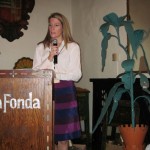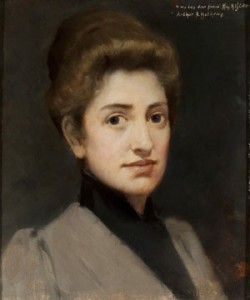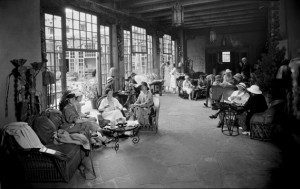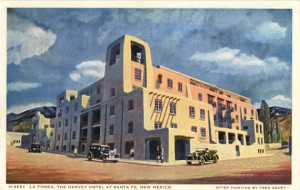 Meet Fred Harvey, Mary Colter, Erna Fergusson and a bevy of Harvey Girls. Setting the Standard: The Fred Harvey Company and Its Legacy (the first major installation to join our main exhibit, Telling New Mexico), gives voice to the ways that New Mexico changed the Harvey Company—and the ways that Harvey changed New Mexico. We chatted with Meredith Davidson, curator of 19th- and 20th-century collections, about how it came to be.
Meet Fred Harvey, Mary Colter, Erna Fergusson and a bevy of Harvey Girls. Setting the Standard: The Fred Harvey Company and Its Legacy (the first major installation to join our main exhibit, Telling New Mexico), gives voice to the ways that New Mexico changed the Harvey Company—and the ways that Harvey changed New Mexico. We chatted with Meredith Davidson, curator of 19th- and 20th-century collections, about how it came to be.
What was your reaction on getting assigned to do this exhibition?
I was thrilled. When I started, I knew only the surface level of Fred Harvey history, but began to see him as a lens that overlaps with almost any topic you can imagine in the Southwest. Now I like to say, “All roads lead to Harvey!”
What did you decide to focus on?
The turning points in the company’s history that were directly related to New Mexico. The Alvarado was an early destination hotel and the company’s western hub. La Fonda (postcard image above) shows the company’s move away from trackside-only locations. Indian Detours were the start of regional tourism. And the Harvey Girls’ genesis happened in Raton.
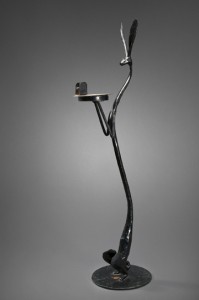 Where did you go during your research?
Where did you go during your research?
Kansas City, Leavenworth, California, and Arizona. I was also lucky to work closely with descendants of the Harvey family here and in Chicago, several of whom lent materials for the exhibit, including a stunning copper gong that once hung in the company’s corporate headquarters. After a winding search, I tracked down the daughter of someone known in the FredHead community for acquiring “all things Harvey.” Her father had passed away in 2010 and everyone wondered what had happened to Skip Gentry’s collection. Well, it is in about every room of his daughter’s home in North California. I spent two full days with her peeking in binders, opening boxes and moving framed pieces. I was ecstatic when she offered to lend us several of the key gems.
`My favorite item in the exhibit is….’
I really can’t pick just one, but I did fall in love with a portrait of an Indian Detours Courier named Amelia McFie. I had met her family in Las Cruces and anticipated holding a place in the exhibit to tell her story, but when I saw the portrait I thought, “She’s so young and well put together!” She helps illustrate how the story of Fred Harvey is not just the large hotels and the intricate systems of high-level hospitality, but the individual lives that were touched and sometimes rerouted by opportunities offered by the company.
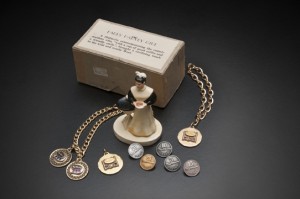 How will this exhibit affect the Harvey story?
How will this exhibit affect the Harvey story?
This is the first long-term exhibit dedicated to the company’s history. I hope it brings a new level of awareness to the topic and shows visitors as well as researchers that there is still so much to learn and so much more to explore—the 1915 World’s Fair in San Diego, the women in the company, the men who married Harvey Girls or worked in the establishments, the management styles that impact today’s hospitality industry, and the clever advertising promoting the Southwest. I hope this exhibit will encourage people to see the New Mexico History Museum, its library and photo archives, as resources for this history and then go out and see the remnants of this history in the Southwest.

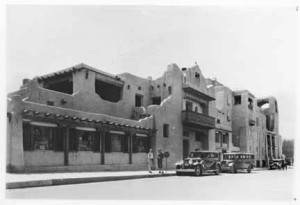
 “They’ve become such a beloved icon of Santa Fe that we didn’t want to remove them,” Felix said. “And frankly, I think I would have gotten lynched if I had.”
“They’ve become such a beloved icon of Santa Fe that we didn’t want to remove them,” Felix said. “And frankly, I think I would have gotten lynched if I had.”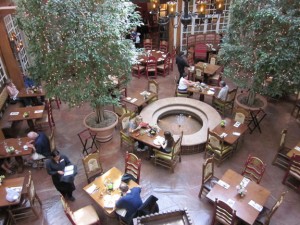 Though sheltered with a sturdy roof, La Plazuela today carries the feel of an open-air plaza (not to mention some of the
Though sheltered with a sturdy roof, La Plazuela today carries the feel of an open-air plaza (not to mention some of the 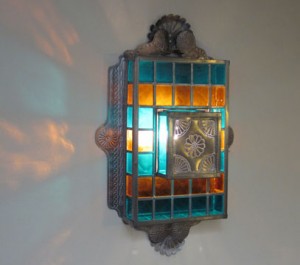
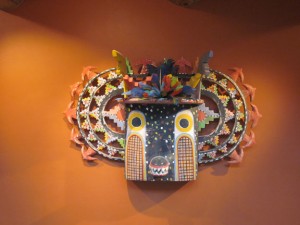
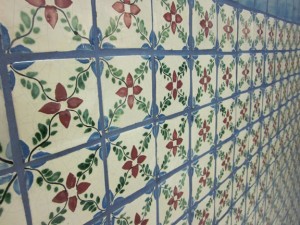
 One of the joys of the weekend was watching participants wander through the hotel, the guide in hand, checking out the glories.
One of the joys of the weekend was watching participants wander through the hotel, the guide in hand, checking out the glories.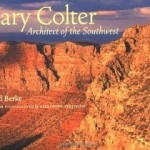 Those were among the tidbits of a grand life shared this morning by Arnold Berke, the biographer of Mary Colter (Mary Colter: Architect of the Southwest) at this morning’s continuation of A Mary Colter Weekend. During his research, he found few blueprints, which aren’t built for survival to begin with; few original documents revealing anything of her love life (if any); and, as the years pass, fewer and fewer examples of her iconic architecture and designer’s eye.
Those were among the tidbits of a grand life shared this morning by Arnold Berke, the biographer of Mary Colter (Mary Colter: Architect of the Southwest) at this morning’s continuation of A Mary Colter Weekend. During his research, he found few blueprints, which aren’t built for survival to begin with; few original documents revealing anything of her love life (if any); and, as the years pass, fewer and fewer examples of her iconic architecture and designer’s eye.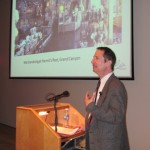 Only in recent years, Berke said, has interest in Colter risen, particularly among Grand Canyon aficionados. Colter’s buildings along the South Rim and Phantom Ranch at the canyon’s bottom pioneered a style of architecture now used by most national and state parks. It’s called National Park Service Rustic, and Colter was, Berke said, “truly a pioneer of this idiom.”
Only in recent years, Berke said, has interest in Colter risen, particularly among Grand Canyon aficionados. Colter’s buildings along the South Rim and Phantom Ranch at the canyon’s bottom pioneered a style of architecture now used by most national and state parks. It’s called National Park Service Rustic, and Colter was, Berke said, “truly a pioneer of this idiom.”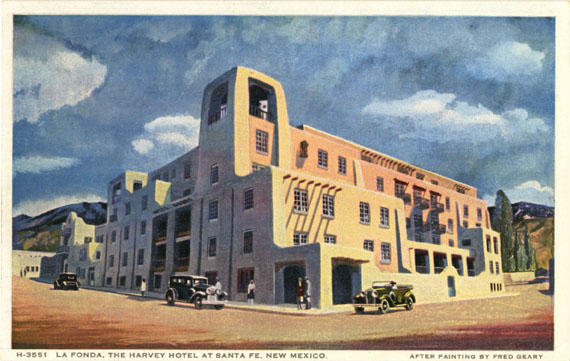

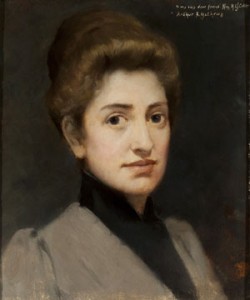
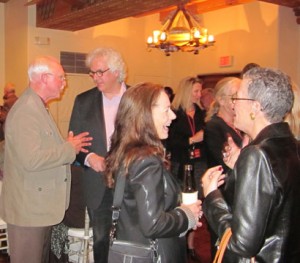
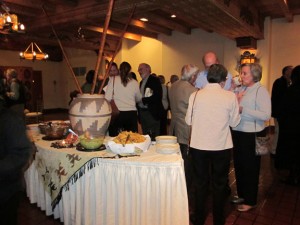
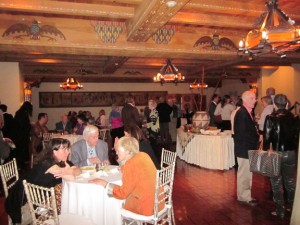
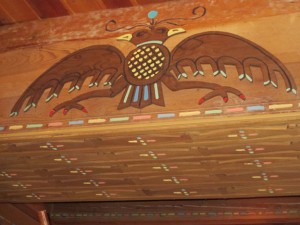
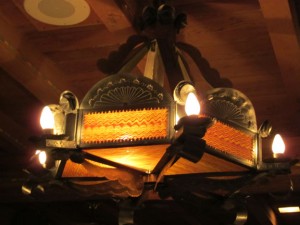
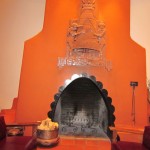 Among the difficulties that Felix encountered was the discovery that not all of Colter’s efforts were as solid and lasting as the sculpted terra-cotta mantels of German artist
Among the difficulties that Felix encountered was the discovery that not all of Colter’s efforts were as solid and lasting as the sculpted terra-cotta mantels of German artist 